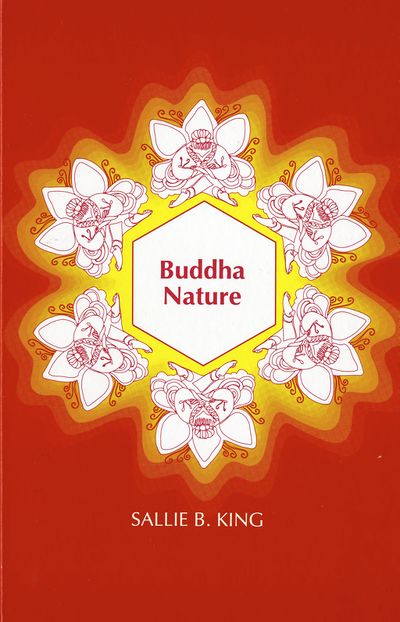- Prefaceix
- Abbreviationsxi
- Chapter One: Introduction 1
- A. The Role of the Buddha Nature Concept 1
- B. Terms 3
- C. History 5
- D. The Text of the Buddha Nature Treatise 23
- E. The Buddha Nature Treatise and Chinese Buddhist Thought 27
- Chapter Two: The Concept of Buddha Nature 29
- A. Taking the Semantic Ascent 29
- B. Refutation of Other Views 30
- C. The Essence of Buddha Nature 40
- 1. The Buddha Nature as Three Causes 40
- 2. The Three Natures (Trisvabhāva) 42
- 3. Tathāgatagarbha 48
- Chapter Three: Soteriology: Buddha Nature as the Practice of Buddhism 57
- A. Āśrayaparāvṛtti 58
- B. Dharmakāya and Nirvāṇa 65
- C. Trikāya: Sambhogakāya and Nirmāṇakāya 72
- D. The Relationship Between Person and Buddha 80
- Chapter Four: Dereification of Self and Mind 83
- A. The "Own-Nature" of Buddha Nature 83
- B. Ātmapāramitā 86
- C. Self 92
- D. Pure Mind 92
- E. Dharmakāya and "Self" 94
- F. Mind 95
- Chapter Five: Ontology: Monism vs. Nondualism 99
- A. All Sentient Beings Possess the Buddha Nature 103
- B. The Pāramitā 104
- C. Śūnya-Aśūnya 107
- D. Buddha Nature Exists Aboriginally 111
- E. Unborn and Unchanging 112
- Chapter Six: Engaging in Spiritual Cultivation 117
- Chapter Seven: Buddha Nature and the Concept of Person 137
- A. The Ontological-Metaphysical Dimension 139
- B. The Existential Dimension 144
- C. A Final Question 150
- Chapter Eight: Retrospective and Prospective 153
- A. Retrospective: Summary of the Text 153
- B. The Buddha Nature Treatise and Chinese Buddhist Thought 156
- C. Buddha Nature Thought and Western Buddhism 169
- Notes 173
- Glossary 185
- Index 201
This volume presents the first book-length study in English of the concept of Buddha nature as discussed in the Buddha Nature Treatise (Fo Xing Lun), attributed to Vasubandhu and translated into Chinese by Paramartha in the sixth century. The author provides a detailed discussion of one of the most important concepts in East Asian Buddhism, a topic little addressed in Western studies of Buddhism until now, and places the Buddha nature concept in the context of Buddhist intellectual history. King then carefully explains the traditional Buddhist language in the text, and embeds Buddha nature in a family of concepts and values which as a group are foundational to the development of the major indigenous schools of Chinese Buddhism.
In addition, she refutes the accusations that the idea of Buddha nature introduces a crypto-Atman into Buddhist thought, and that it represents a form of monism akin to the Brahmanism of the Upanisads. In doing this, King defends Buddha nature in terms of purely Buddhist philosophical principles. Finally, the author engages the Buddha nature concept in dialogue with Western philosophy by asking what it teaches us about what a human being, or person, is.
(Source: back Cover)
In its simplest form, the Buddha nature concept provides the answer to a question with which the ancient Chinese were very much concerned: Are all beings capable of attaining Buddhahood, or are there some who will never be free from the sufferings of samsāra? Buddha nature theory answers without equivocation: "All sentient beings possess the Buddha nature" and thus are guaranteed the realization of Buddhahood.
~ in Buddha Nature (Sallie King), page(s) 1


